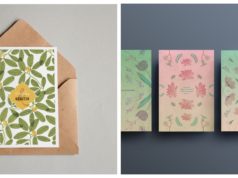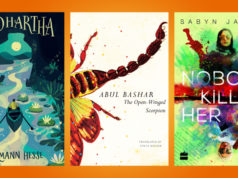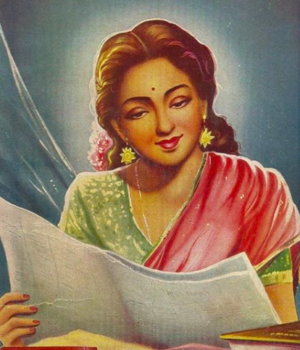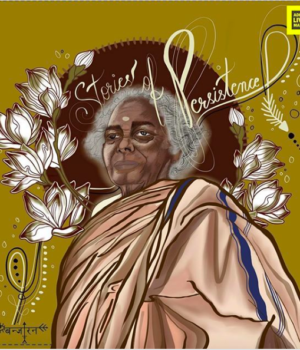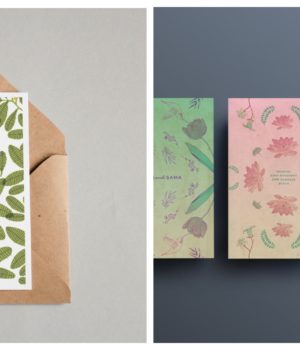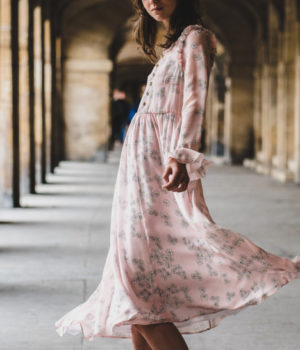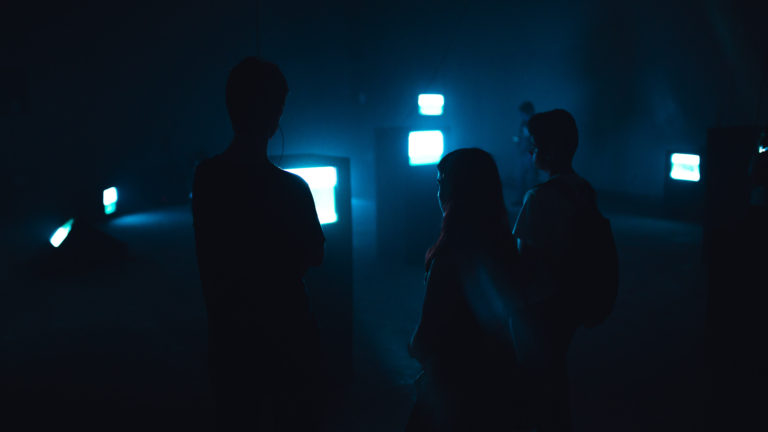
Fear. We all know those spiky, twisted tendrils of overpowering anxiety that shoot up through our chests and completely fill up our heads when we encounter something terrifying. Visual artist Sajid Wajid Shaikh, in his latest exhibition, ‘Fear Fascination: Amygdala Anomalies’, translates this sensation into art and audio, exploring fear till the point where it turns to fascination.
The exhibition presents 14 bizarre looking creatures of Shaikh’s design, given shape through surrealist automatism (a method in which the artist suppresses conscious control, allowing the unconscious mind to have great sway). Shaikh then collaborated with 14 musicians to create sonic identities for each illustration; each musician using the illustration as a lens to give voice to the visual. The featured artists include thebigfatminimalist, Colorblind, Cosmic Attic, Cowboy and Sailorman, Echofloat, Jamlu, Kalab, Lawntuba, Maua, Parag, Riatsu, Sujit, Spryk and Zanuski.
Attendees, given headphones upon entry, walked around the exhibition, looking at each piece of art and listening to the track created exclusively for it. You feel enclosed within the space, engaging with a gradual unfolding of sensations.
In this interview with Shaikh, we picked his mind about exhibition, collaborating with the musicians, and more:
1) Why did you want to create ‘Fear Fascination’?
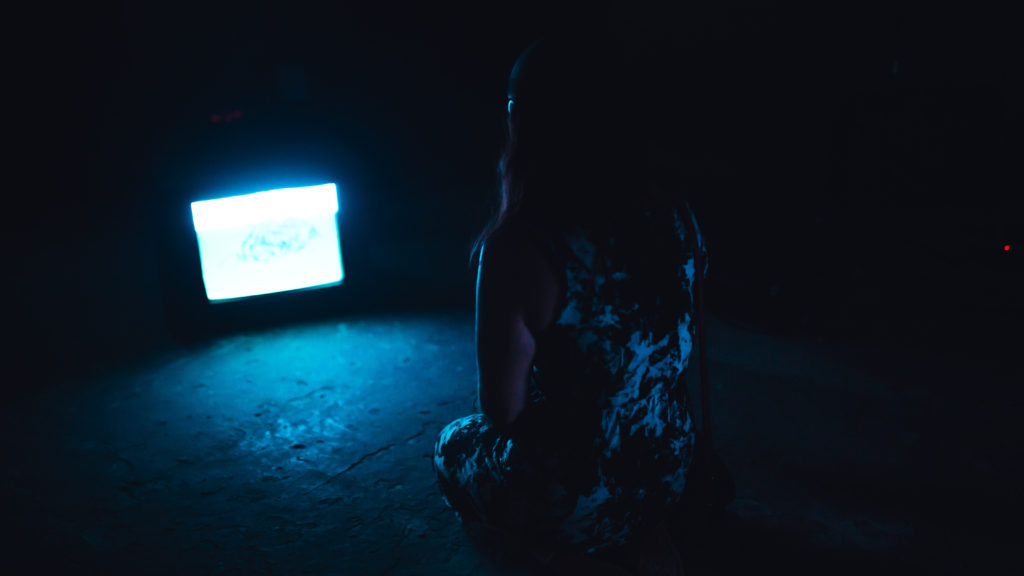
The idea was to get people out of their comfort zone.
I started off in the advertising business as an illustrator, The entire idea over there is to make people look happy on screen, They want to create an amazing happy world. But there are so many other emotions to explore I left advertising. I wanted to explore more emotions. Fear was one of them, but I didn’t want to look at it in terms of terror. In the kind of drawings that I made, fear reached a level of fascination.
2) It was a really ambitious project, three years in the making. Tell us a little about the process behind each piece.
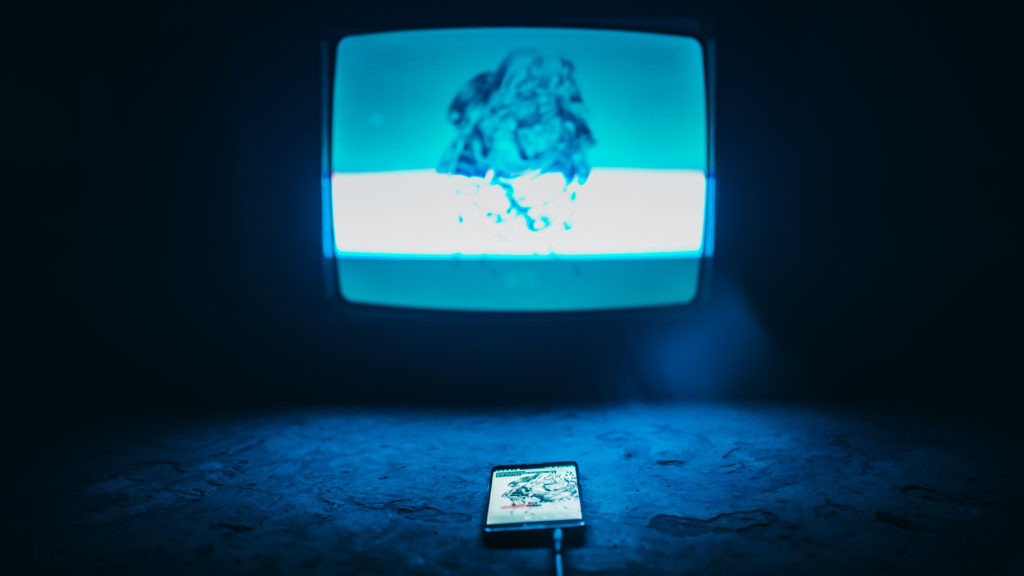
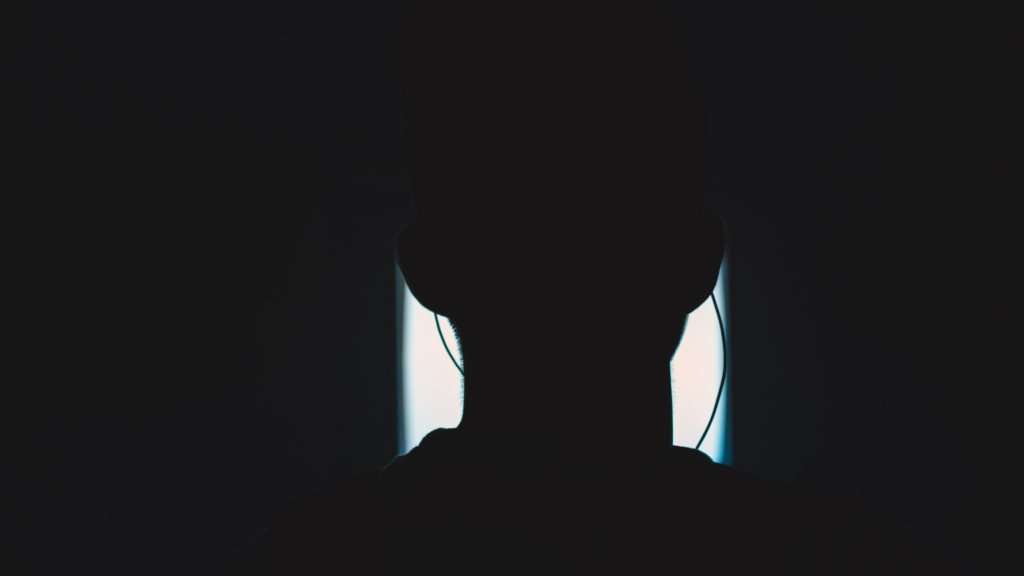
My initial idea was to create a book. To start with, I had a sketchbook where I was drawing an imaginary dog of mine. As time passed, I started creating really absurd drawings of this creature. By the end of the book, I saw the creature involve into a sinister, fascinating creature. That’s where it started from.
I kept making more illustrations in that space. The idea was to create something without being conscious and letting your subconscious take over. Every line seemed to follow the next. I just observed it happen.
So I felt like it was an automatic process. I didn’t intend to keep the head here or the tail of the creature to be somewhere else. When I sit back and look at it, I am equally as surprised as anyone else. So the process is very simple. I researched more in this space and I came across an ‘ism’, an art form called Automatic Surrealism.
I am not a trained artist. My process is that I make things and start classifying them, searching through art history. I get very involved with my research. Someone in the 1700s might have
taken the same approach as me. What I’m doing now, someone has done a long time ago. I feel like it is a transfer of knowledge from one generation to the next.
3) Why did you choose to make the exhibition multi-sensory?
Whenever I go to an art gallery, I don’t go without my headphones. I listen to a particular kind of music that goes with the art. It is the music that makes me dig the art really deep. That’s where the idea sort of came from. It is my process of looking at art.
I wanted to create a book that need not be read but felt. The idea was to have a book with some music in it. You are looking at the book and you aren’t reading anything. You’re just feeling the book. That was a personal project. I didn’t know back that that it would turn out to be an exhibition of some sort.
The idea was to do a book launch. But then I realised that that wasn’t only space Amygdala Anomalies can fit in. I wanted to create an ambience where the entire experience could be magnified. This was basically a 3-day trip that was designed.
4) Tell us a little about collaborating with musicians for the exhibition
It was an organic collaboration. It happened on the go. For three years I’ve been talking about this. Wherever I would go, I would talk about it. People who were interested would come up to
me and ask, “Hey man, why don’t you send me something?”
So what I did is I started a Tumblr page. I put up a collection of these drawings and the musicians could choose the one they found compelling.
The entire process was to flip things over. I have a process where I listen to music and create that music through art, which could be a painting or a graphic design or an illustration. So if it is possible to convert music into art, I thought, why not the other way around?
5) How were the music tracks for each piece of art created?
It was up to the musicians. The process is automatic. I didn’t want to bother their creative process. You shouldn’t be snobbish about how particularly you want certain piece to look. It hampers their process. It would have become my music rather than their music. I wanted to keep the art live.
Whichever collaborators were in Bombay attended the show. And every day there was a live performance of a different sort. They didn’t play prepared sets, rather they let the music come
organically. They were making music on the go and getting the vibe of the place.
6) Finally, why did you choose Amygdala Anomalies as the title for your exhibition?
I watch a lot of films and documentaries about serial killers. It isn’t that I am fascinated by murder. I watch it to understand what makes them think this way. There are people who become astronauts and there are people who become serial killers. I’m interested in understanding what makes them do what they are doing.
The answer lies in this part of the brain called the amygdala. It’s responsible for emotion. There is some anomaly that happens there. That’s the anomaly that I wanted to evoke. Not that murderers are evil. But a shift from how you normally look at art.
I feel largely a lot of people have anomalies somewhere down the line.
Like you, we look forward to Shaikh’s next exhibition, but until then, head over to his Instagram page to tide you over.
Written by Samah Mariam and Pavi Sagar
Photo credits: Ron Bezbaruah

